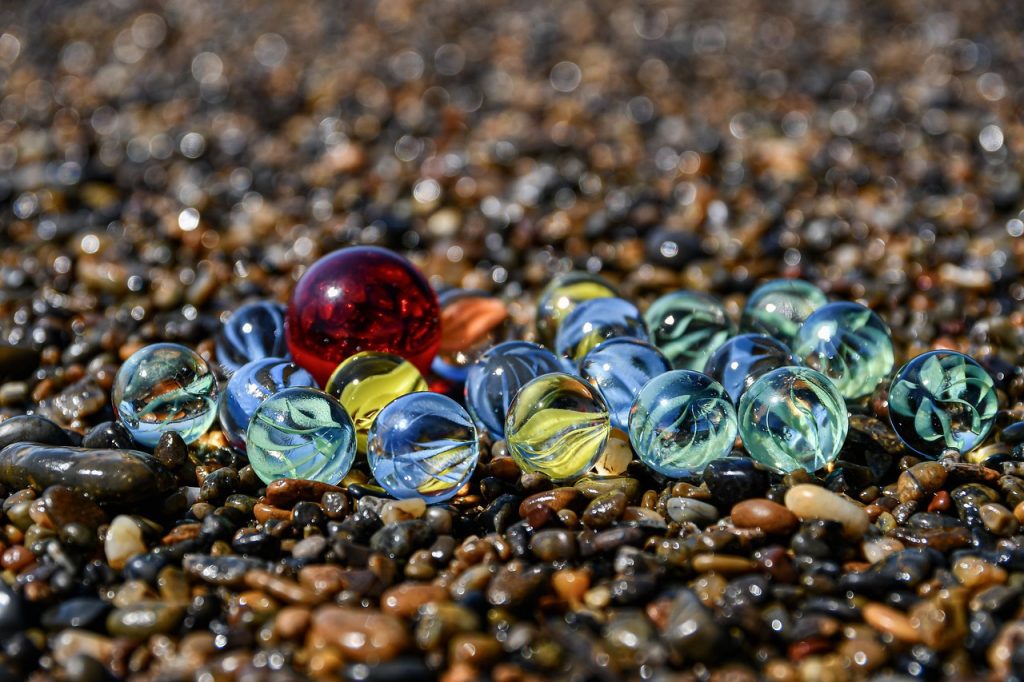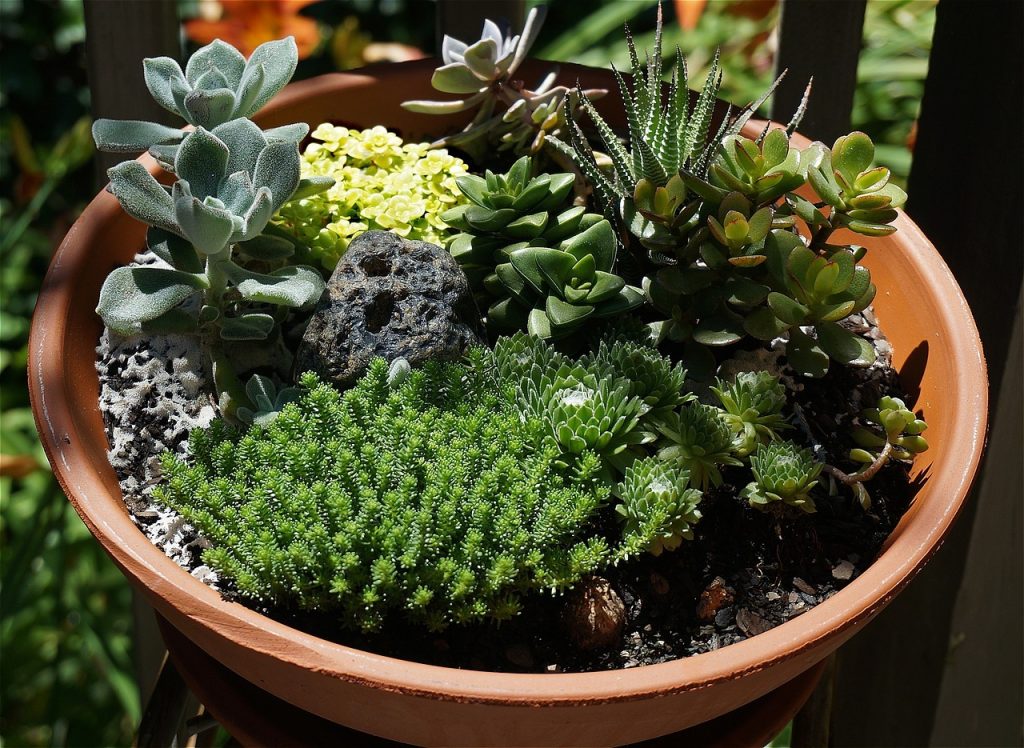Des conseils et astuces
pour les femmes modernes
Beauté

Tuto eyeliner : voici nos meilleures astuces
Quels types d'eye-liner sont les plus adaptés pour un tuto eyeliner ? Il existe de nombreux

maquillage cicatrice : voici comment camoufler une cicatrice
Quel est le meilleur maquillage pour camoufler une cicatrice ? Le meilleur maquillage pour camoufler une

Épilation laser visage : tout savoir
Qu'est-ce que l'épilation laser visage ? L'épilation laser visage est un traitement qui permet d'éliminer définitivement

Lumière pulsée ou laser : tout ce que vous devez savoir
Quelle est la différence entre lumière pulsée et laser ? La lumière pulsée et le laser

Le gommage cheveux maison : voici nos meilleures idées de recettes
Quels ingrédients sont nécessaires pour un gommage pour cheveux maison ? Les ingrédients nécessaires à un

Frange cheveux ondulés : voici les meilleures tendances
Quels sont les différents types de franges pour cheveux ondulés ? Les différents types de franges
Développement personnel
Carrière
Famille
Bien-être

maquillage cicatrice : voici comment camoufler une cicatrice
Quel est le meilleur maquillage pour camoufler une cicatrice ? Le meilleur maquillage pour camoufler une

Épilation laser visage : tout savoir
Qu'est-ce que l'épilation laser visage ? L'épilation laser visage est un traitement qui permet d'éliminer définitivement

Lumière pulsée ou laser : tout ce que vous devez savoir
Quelle est la différence entre lumière pulsée et laser ? La lumière pulsée et le laser

Le gommage cheveux maison : voici nos meilleures idées de recettes
Quels ingrédients sont nécessaires pour un gommage pour cheveux maison ? Les ingrédients nécessaires à un

Bracelet pierre naturelle signification : tout savoir
Les bracelets en pierres naturelles ont une signification profonde pour leurs porteurs. Réellement, chaque pierre

Argile verte visage : voici ces multiples bienfaits
Quels sont les bienfaits de l'argile verte pour le visage ?L'argile verte est une poudre
